Archive of the Mendocino Heritage Artists
WPA: The Works Progress Administration & DORR BOTHWELL
WPA: Bothwell at Hollenbeck Middle School
WPA: Bothwell & the De Anza Monument
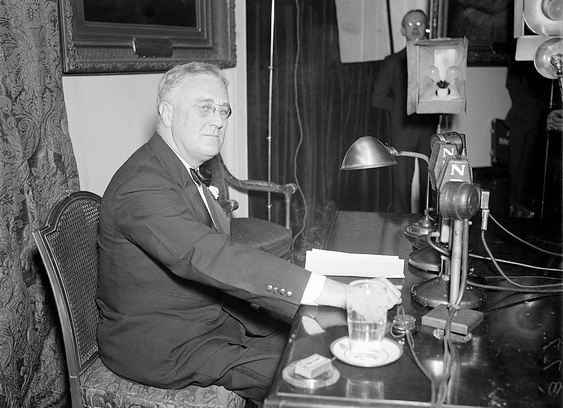
FDR Announces Social Security and the WPA
In the photo, President Franklin Delano Roosevelt is shown preparing to announce that he has just signed the bills creating Social Security and the WPA, the largest and most important of his administration’s New Deal programs to pull the United States out of the Great Depression (April 28, 1935).
In the United States, the Great Depression lasted from 1929 to 1941.
About the WPA
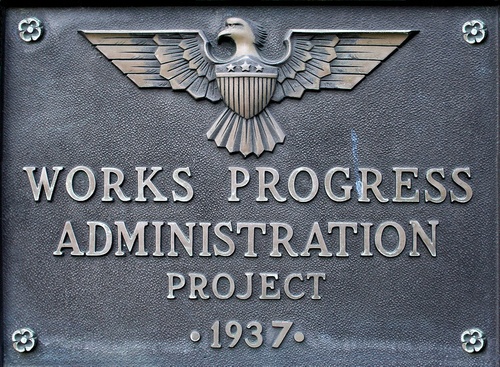
Headed by Harry Hopkins, the WPA (Works Progress Administration, renamed Work Projects Administration in 1939) was the largest and most ambitious American New Deal agency, employing millions of people (mostly unskilled men) to carry out public works projects, including the construction of public buildings and roads.
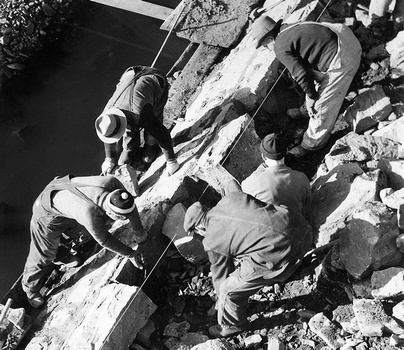
In a much smaller project, Federal Project Number One, the WPA employed musicians, artists, writers, actors and directors in large arts, drama, media, and literacy projects.
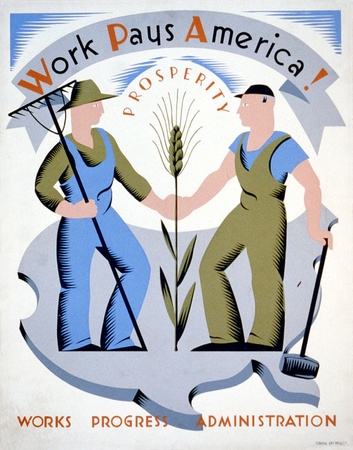
“The stated goal of public building programs was to end the depression or, at least, alleviate its worst effects… Millions of people needed subsistence incomes. Work relief was preferred over public assistance (the dole) because it maintained self-respect, reinforced the work ethic, and kept skills sharp.” – Robert D. Leighninger
The WPA’s initial appropriation in 1935 was for $4.9 billion (about 6.7 percent of the 1935 GDP).
[The WPA] tried to provide one paid job for each family in which the breadwinner suffered long-term unemployment. At its peak in 1938, it provided paid jobs for three million unemployed men and women, as well as youth in a separate division, the National Youth Administration.
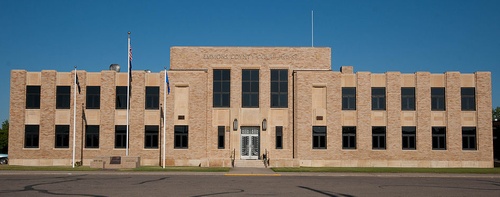
Between 1935 and 1943, when the agency was disbanded, the WPA employed 8.5 million people. Most people who needed a job were eligible for employment in some capacity. Hourly wages were typically set to the prevailing wages in each area…
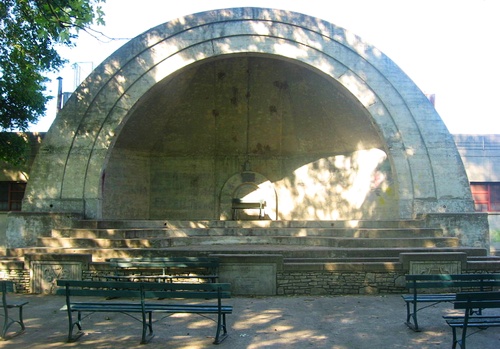
A national program, the WPA operated its own projects in cooperation with state and local governments, which provided 10–30% of the costs. Usually the local sponsor provided land, and often trucks and supplies, with the WPA responsible for wages (and for the salaries of supervisors, who were not on relief).

[In addition] WPA sometimes took over state and local relief programs that had originated in the Reconstruction Finance Corporation (RFC) or Federal Emergency Relief Administration programs.
The WPA built traditional infrastructure of the New Deal such as roads, bridges, airports, schools, courthouses, hospitals, sidewalks, waterworks, and post-offices, but also constructed museums, swimming pools, parks, community centers, playgrounds, coliseums, markets, fairgrounds, tennis courts, zoos, botanical gardens, auditoriums, waterfronts, city halls, gyms, and university unions. Most of these are still in use today…
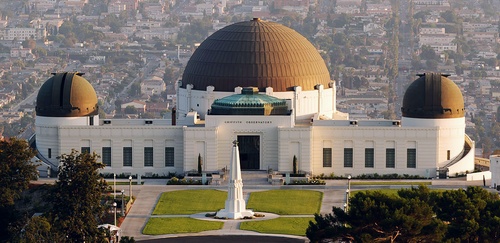
[By the time the WPA ended,] almost every community in the United States had a new park, bridge or school constructed by the agency.
– Excerpted from the Wikipedia article, Works Progress Administration.

In the chapter “How I Spent the Depression”, Dorr Bothwell: Straws in the Wind: An Artist’s Life as told to Bruce Levene (pp 65-72), Dorr Bothwell describes the nearly Catch-22 standards that artists were required to meet to meet in order to qualify for a WPA job.

LINKS
WPA: Bothwell at Hollenbeck Middle School
WPA: Bothwell & the De Anza Monument
Dorr Bothwell: Artwork
Dorr Bothwell
Barebones Bothwell
Mendocino Heritage Artists
Welcome